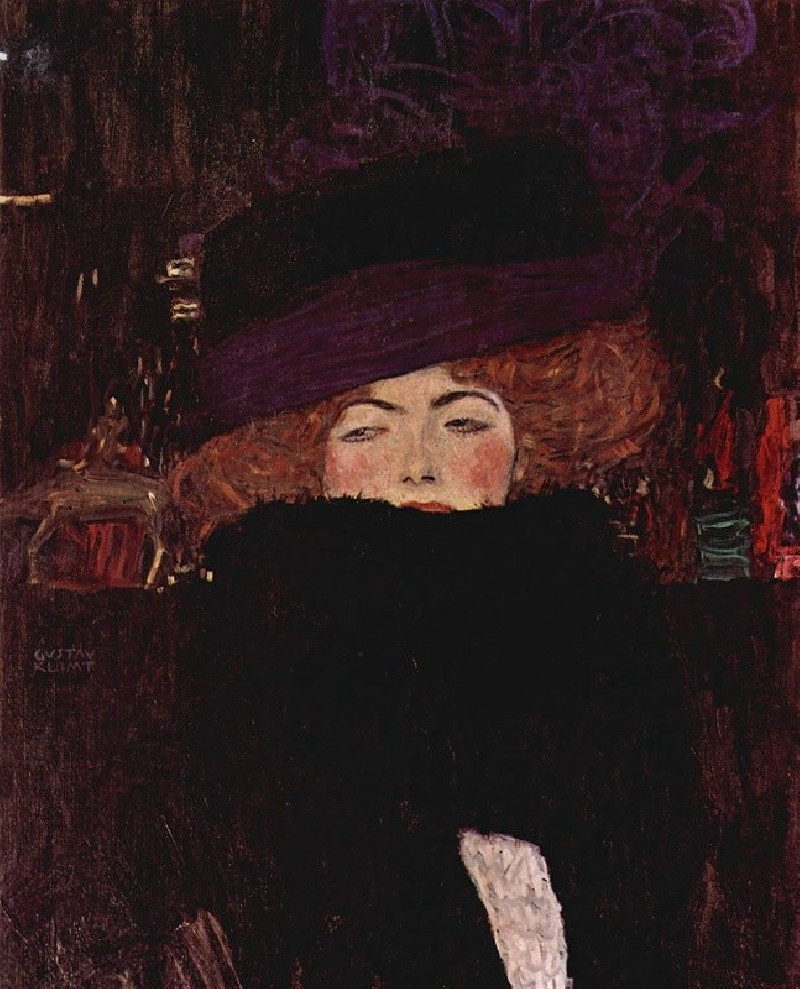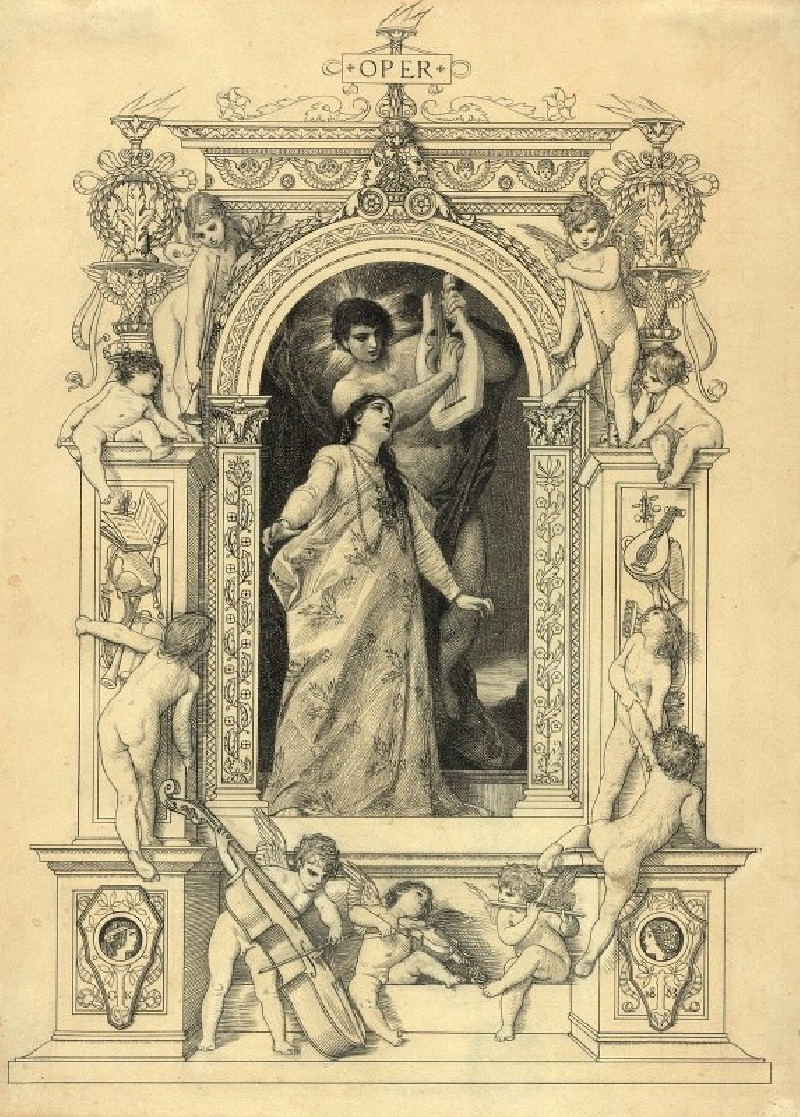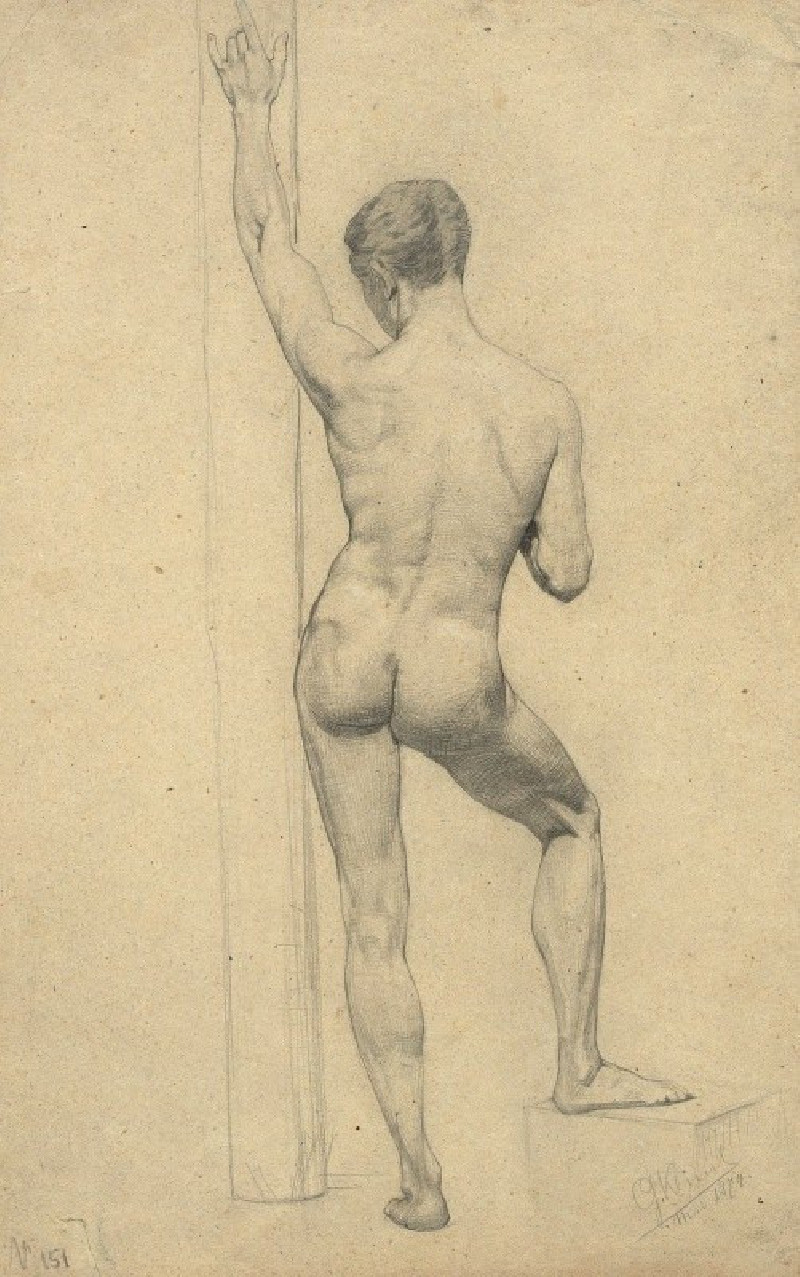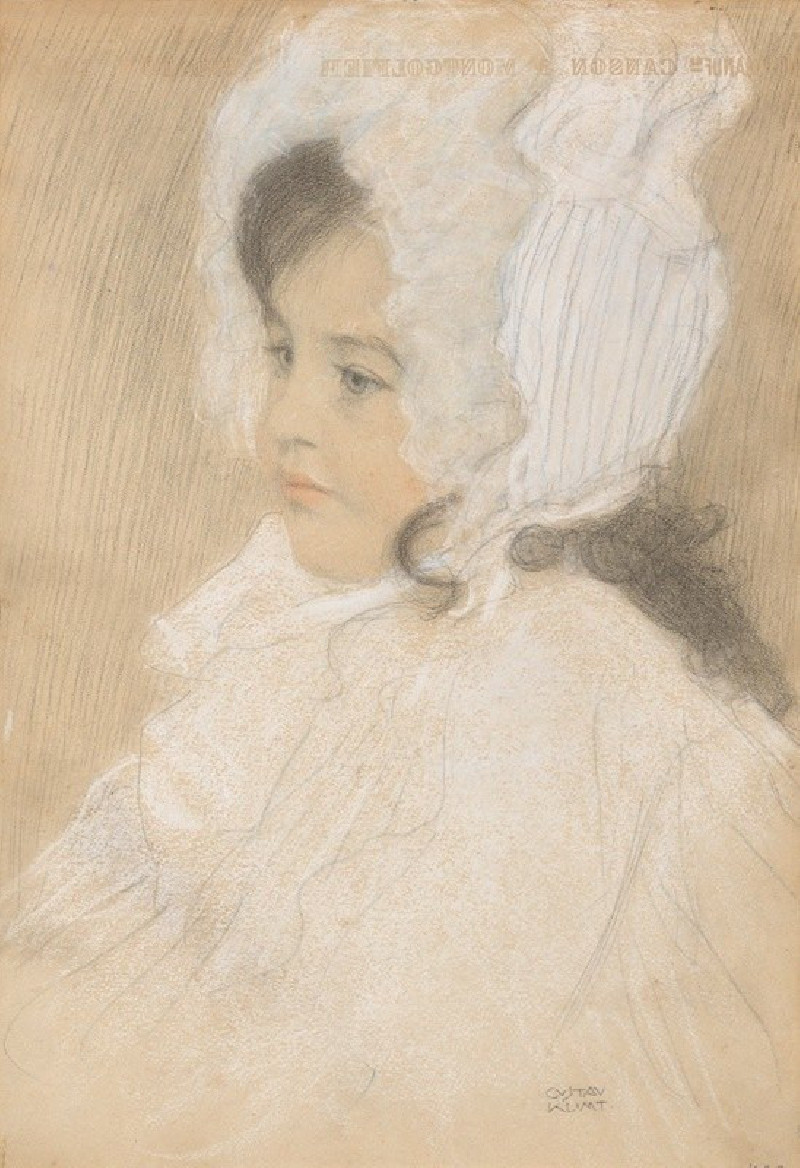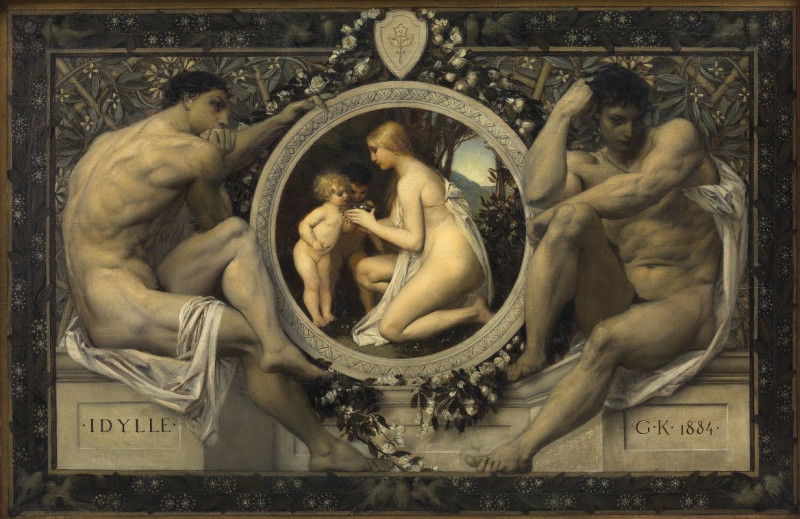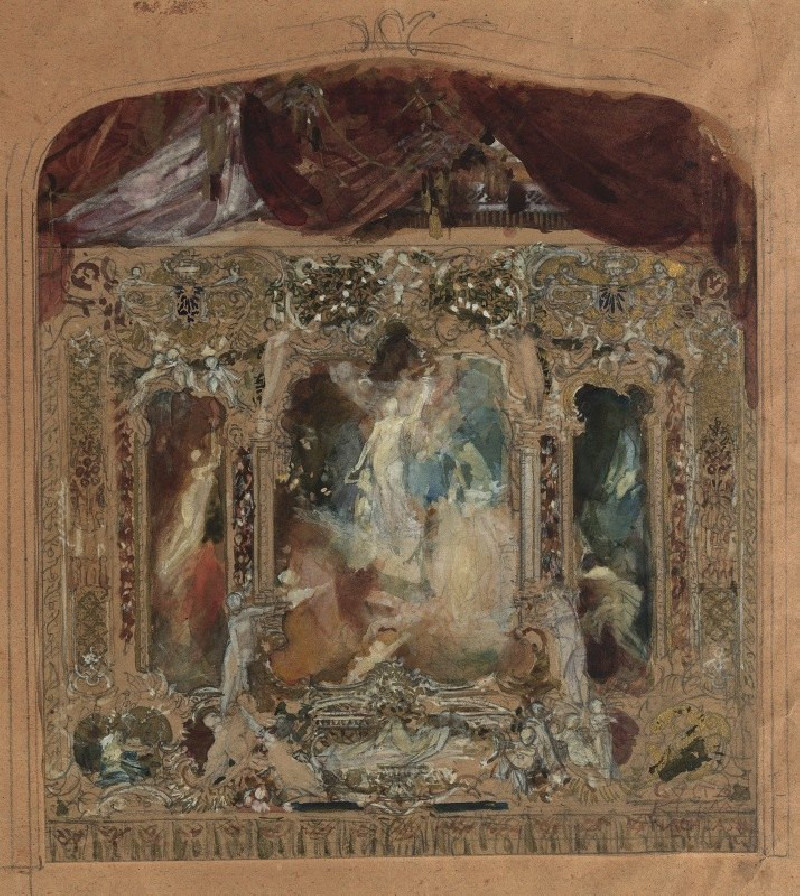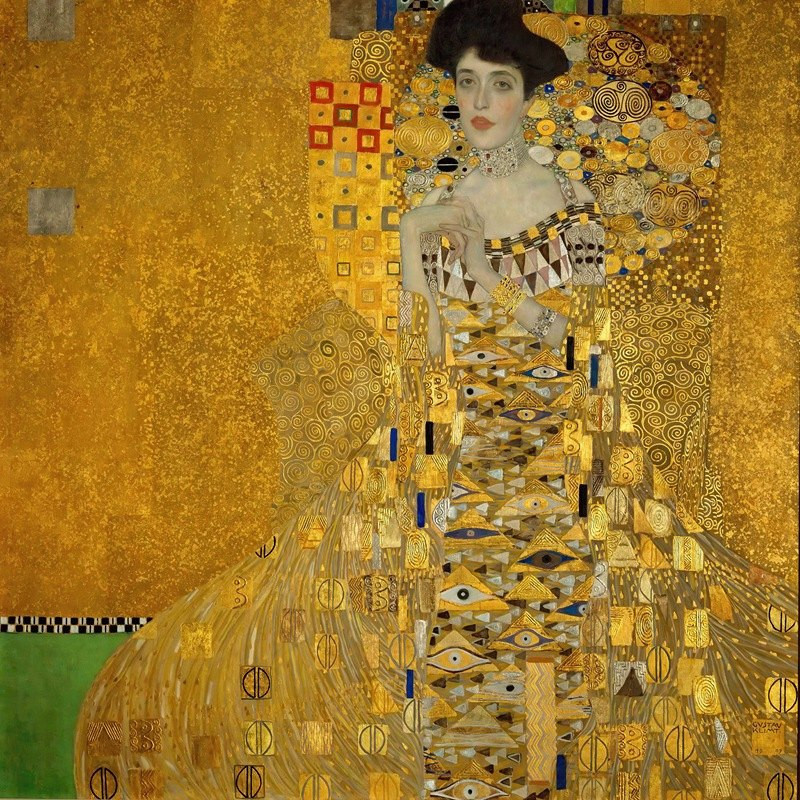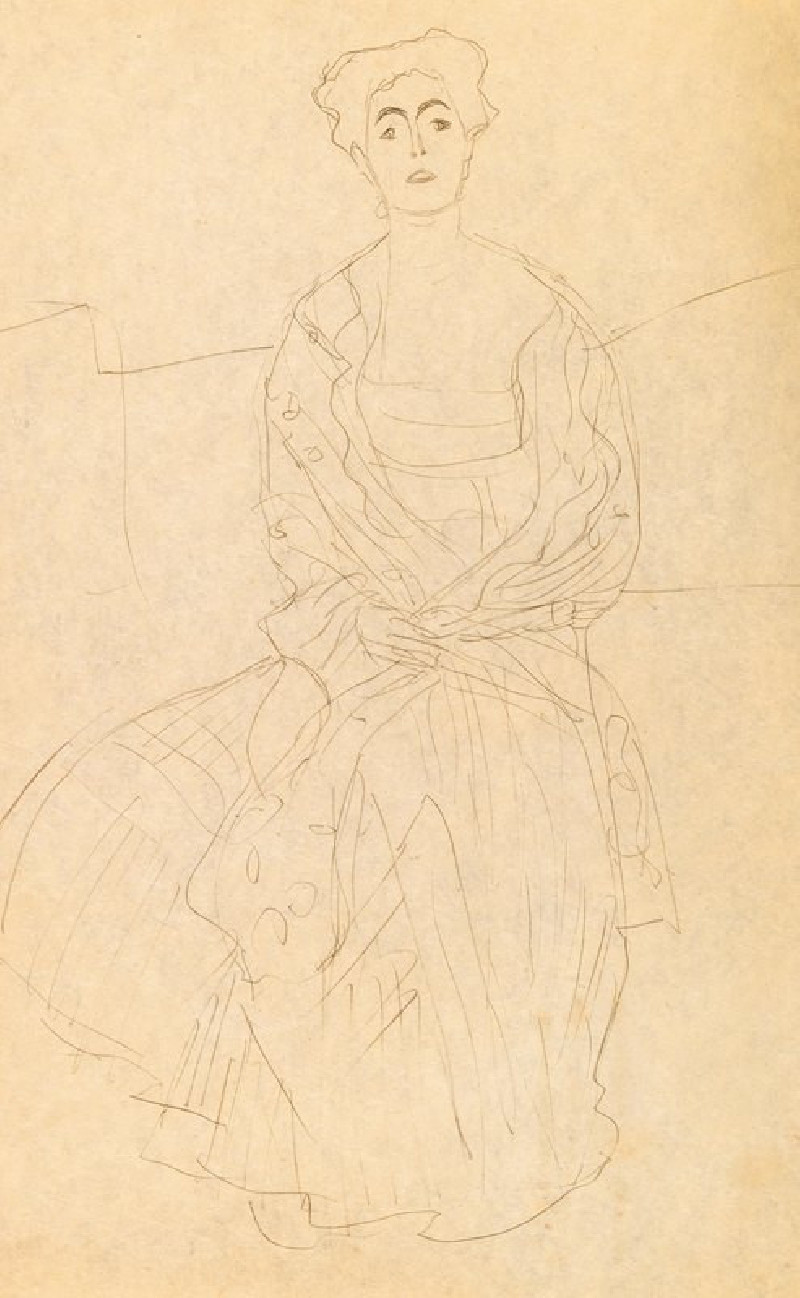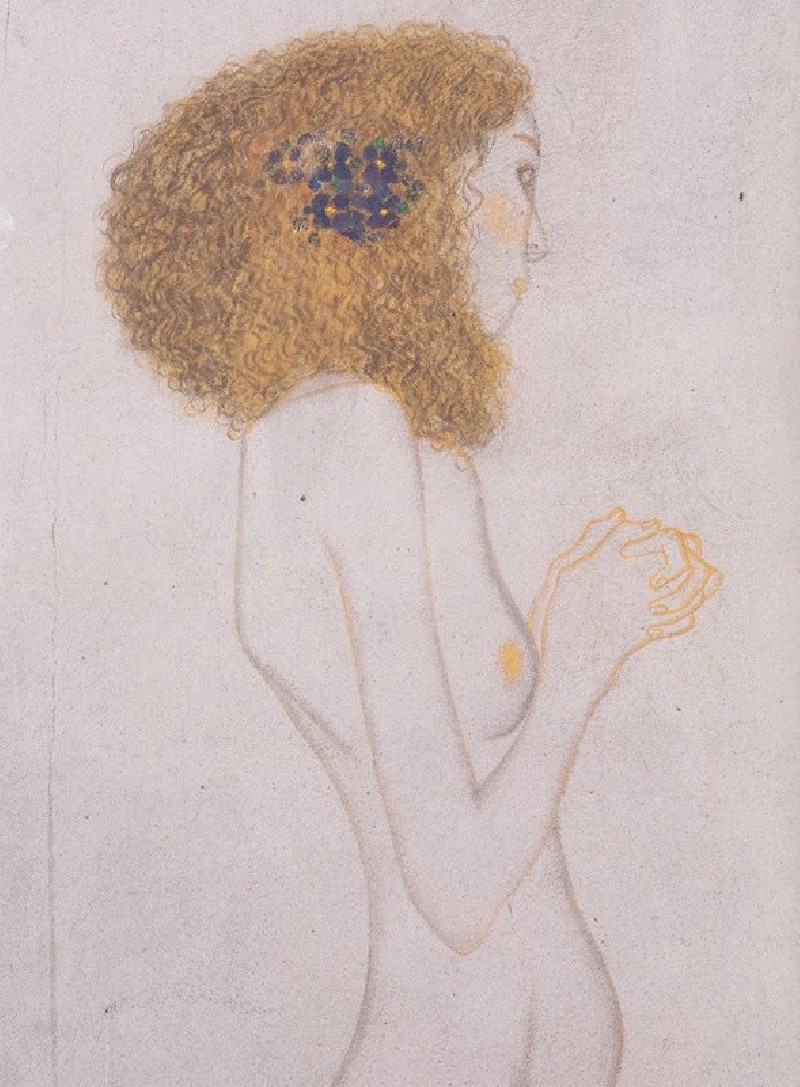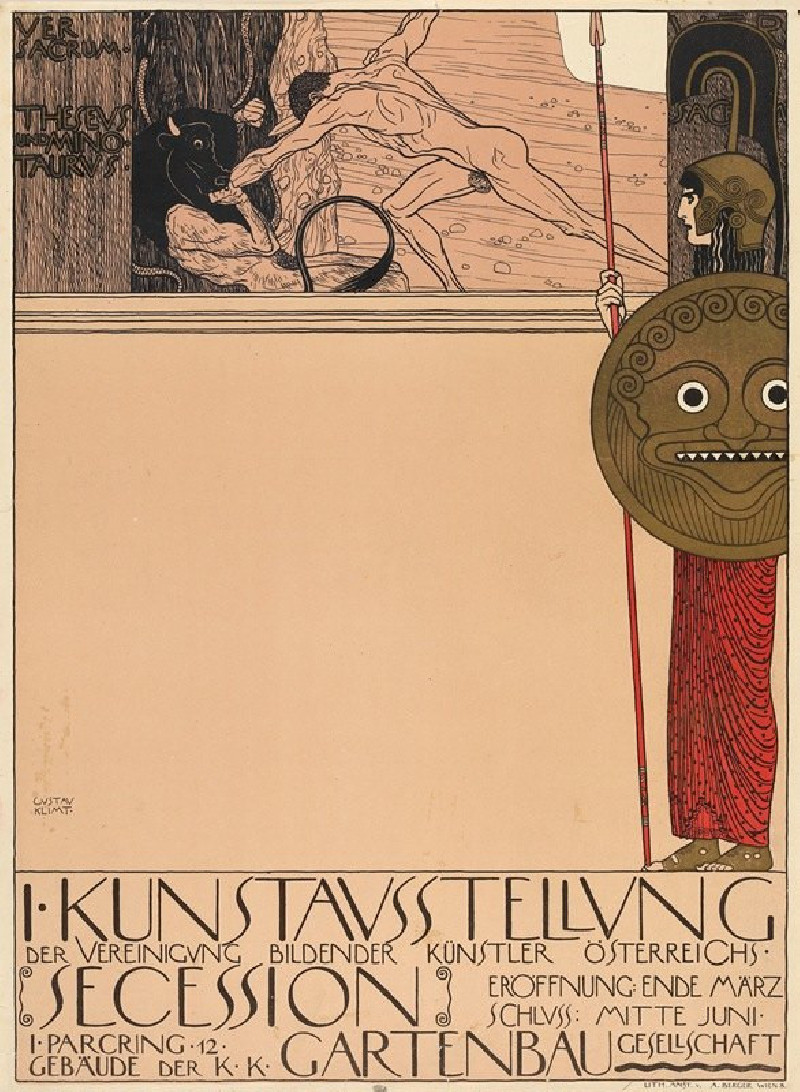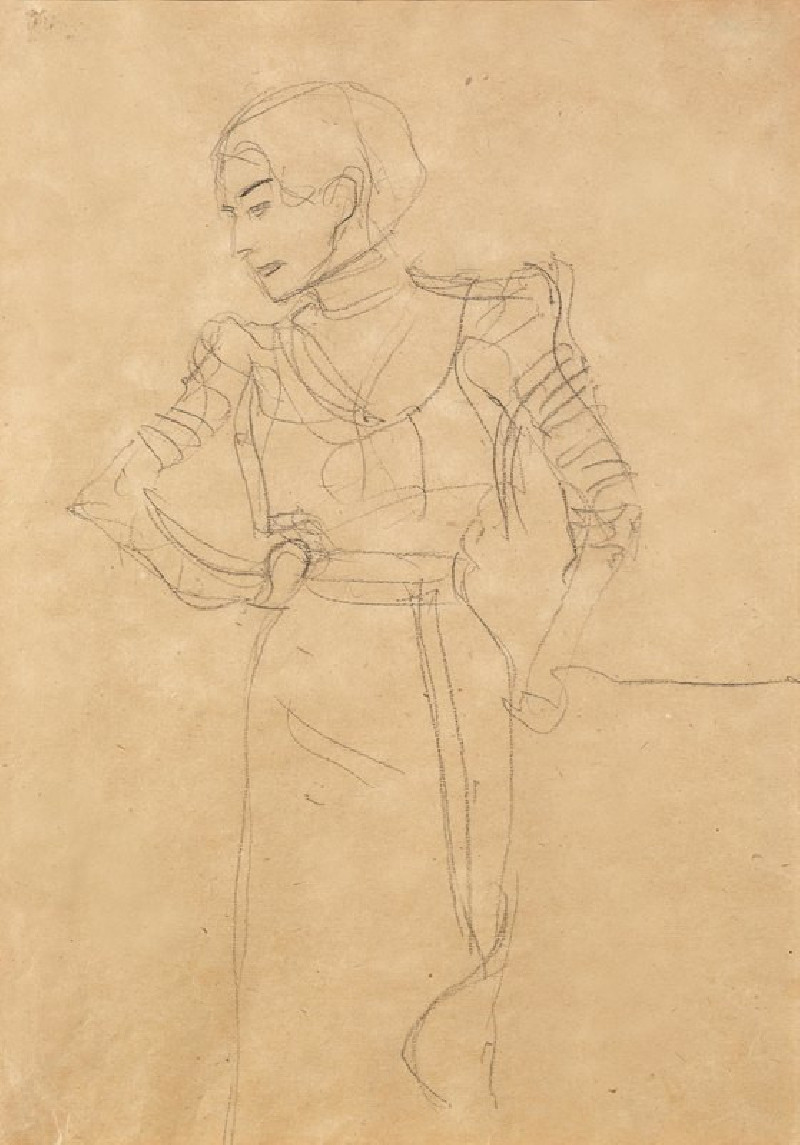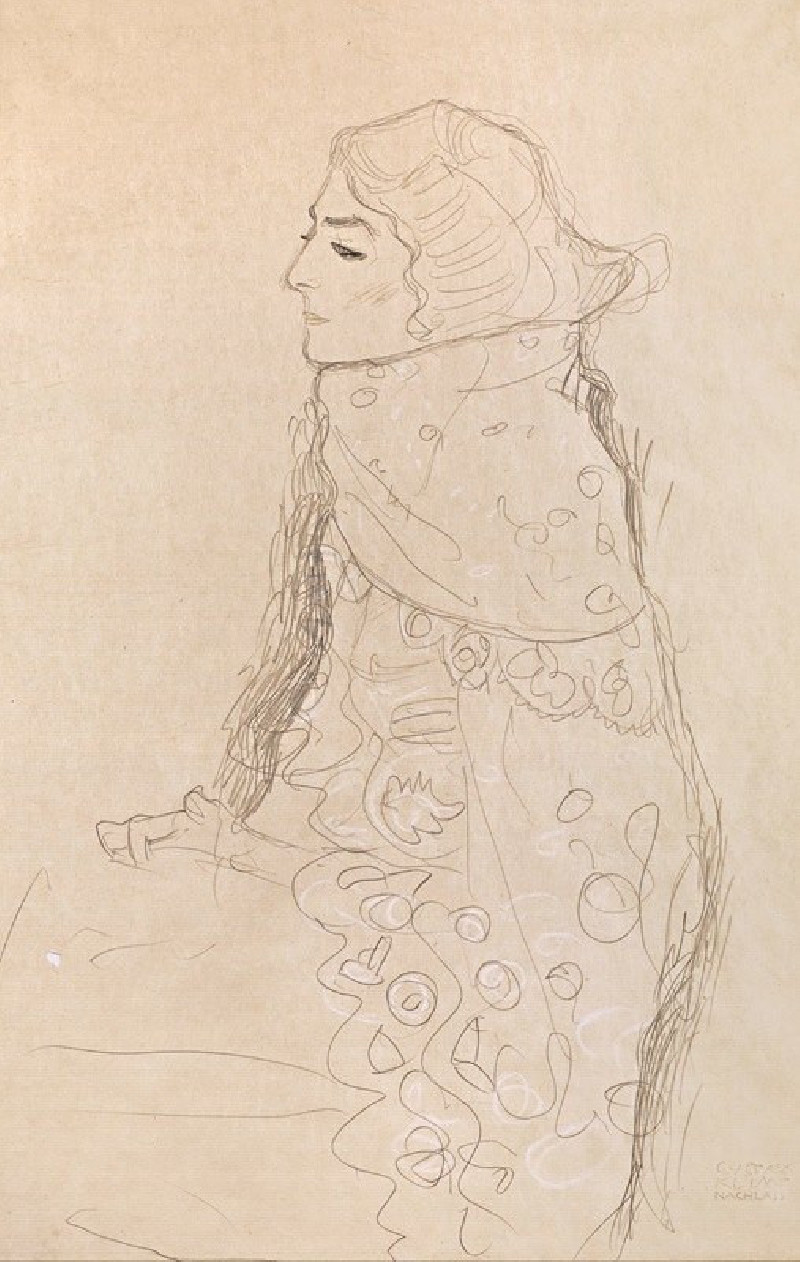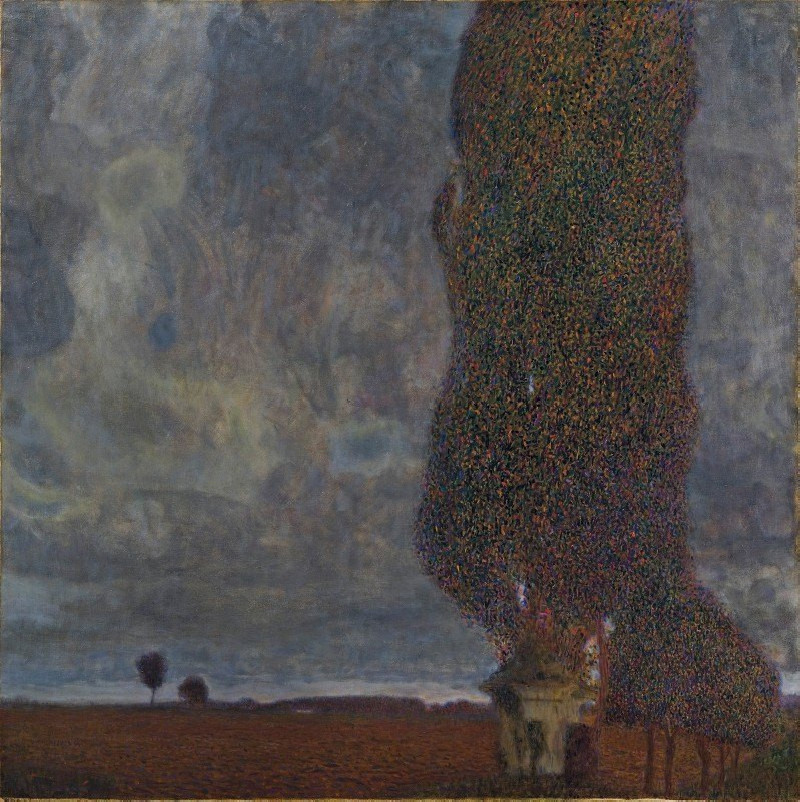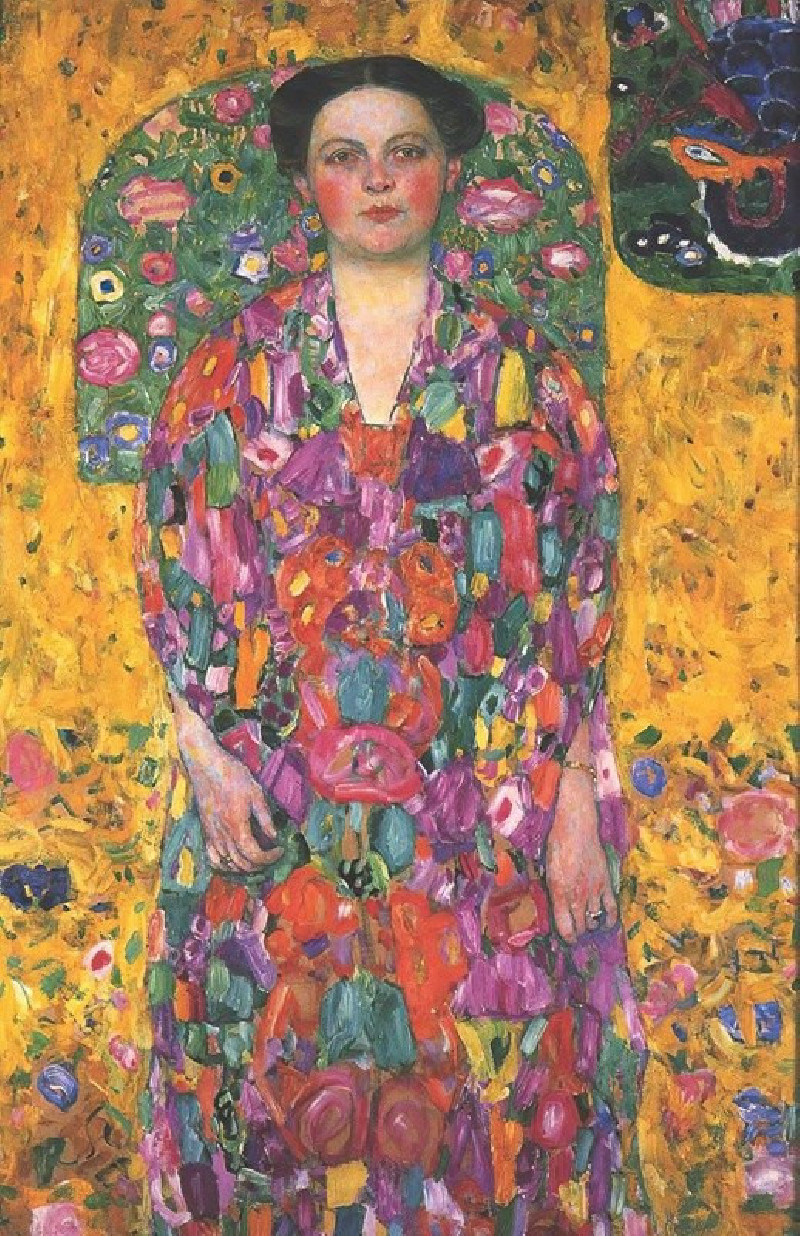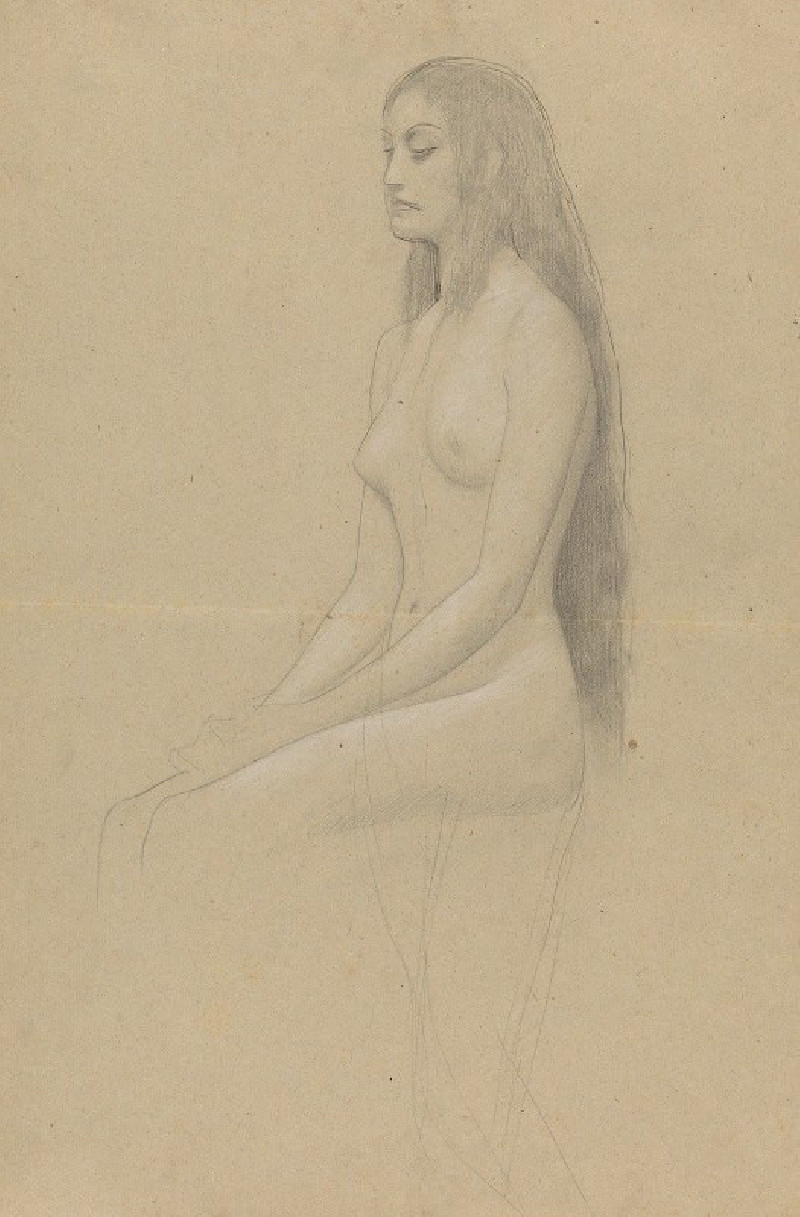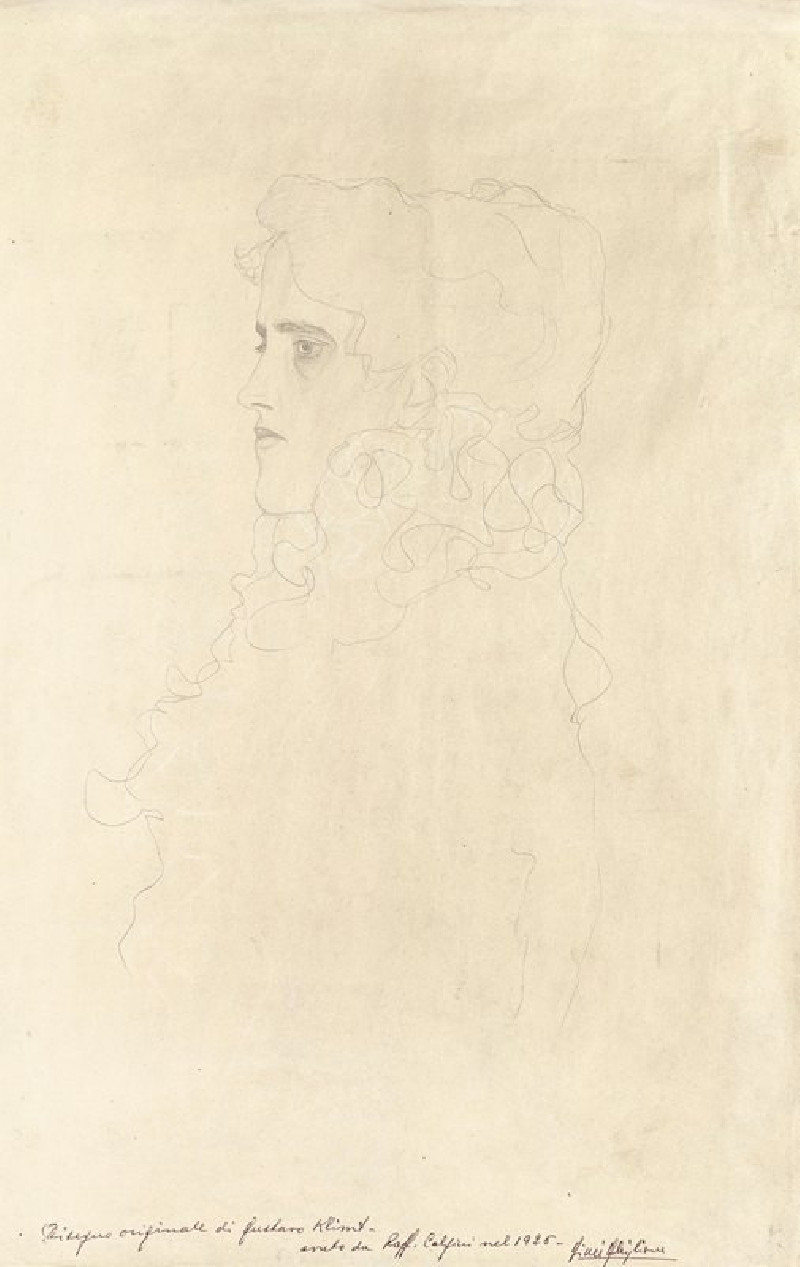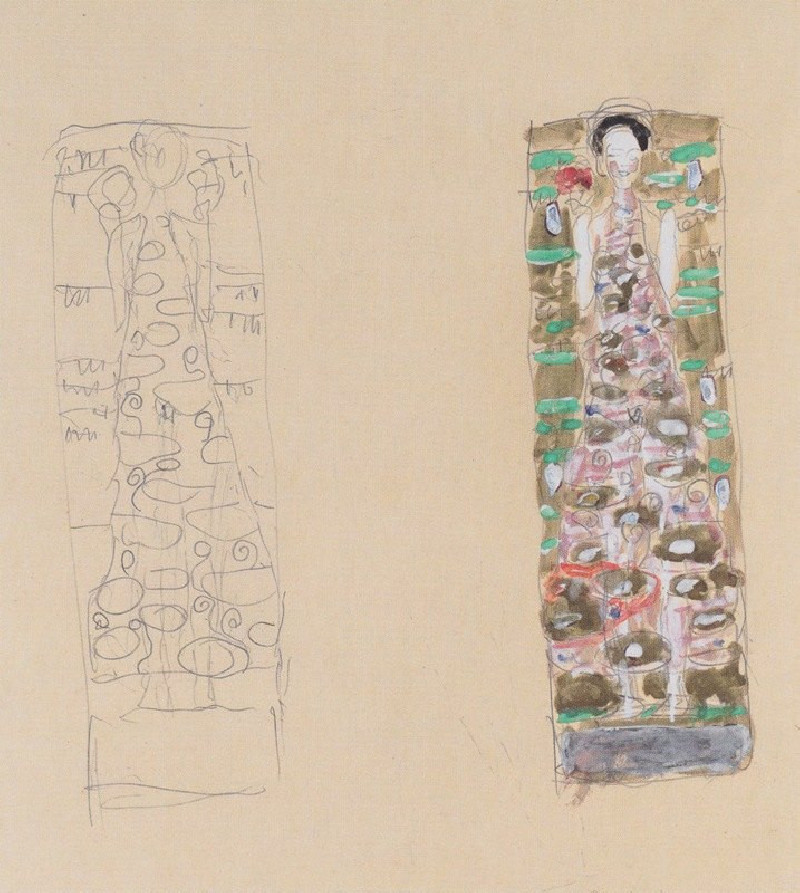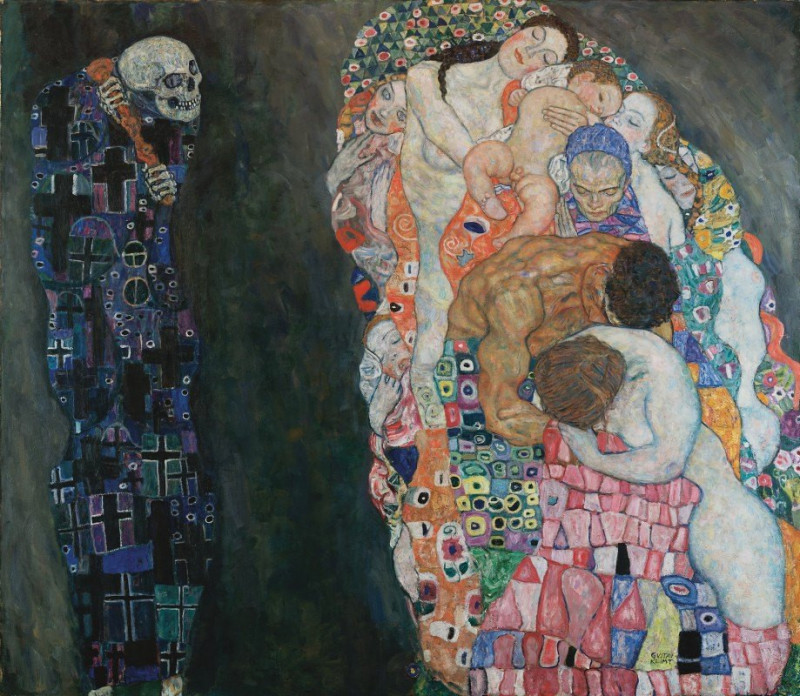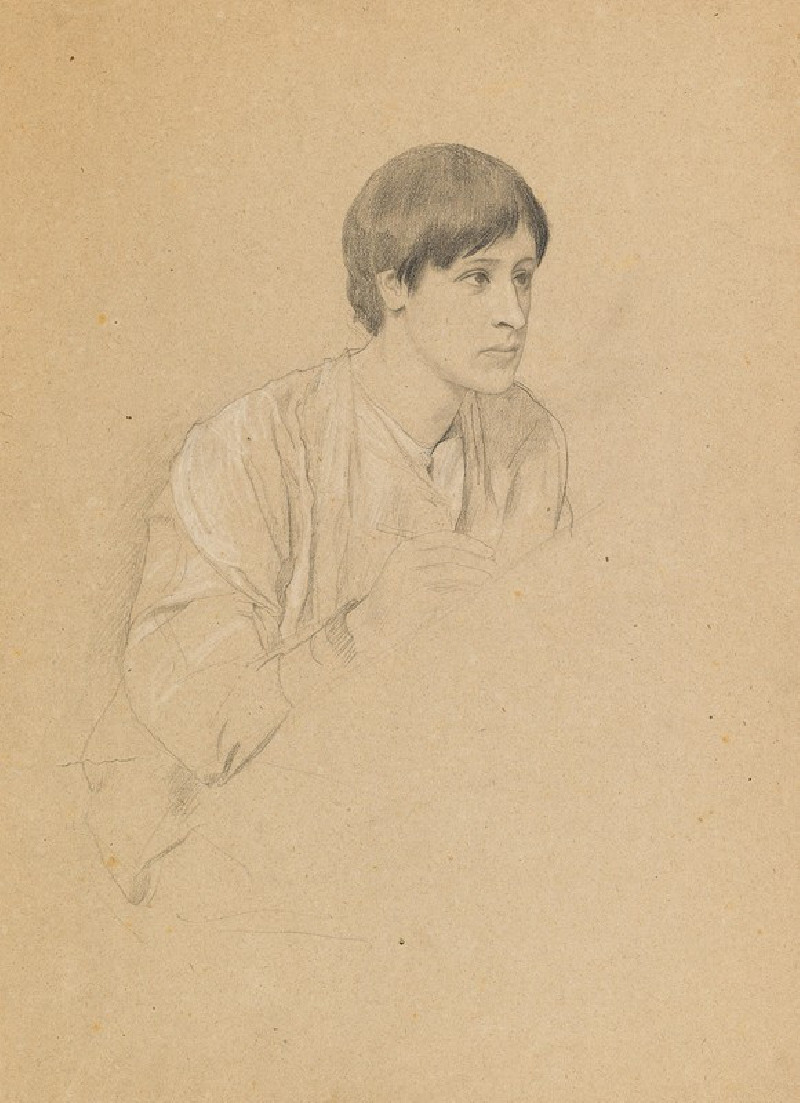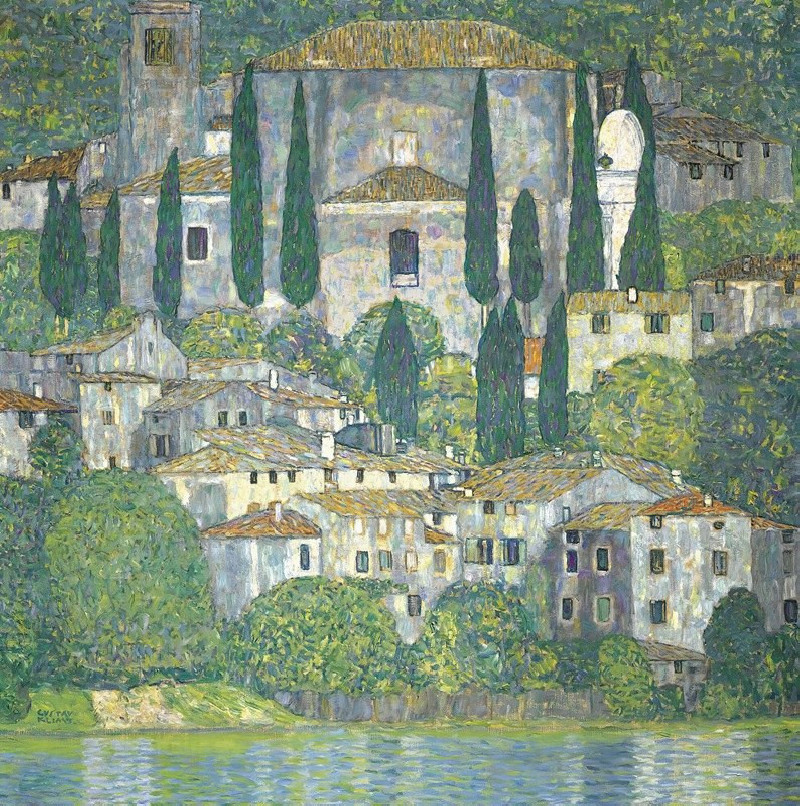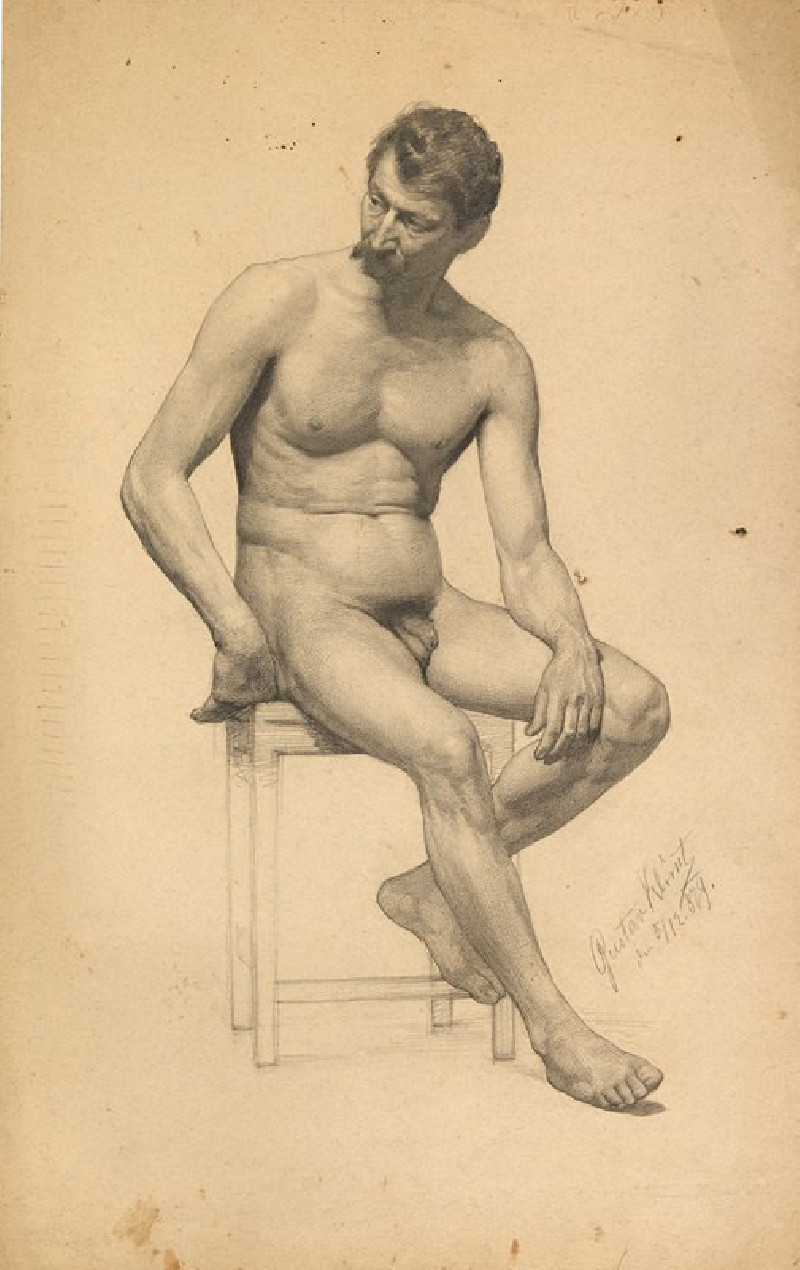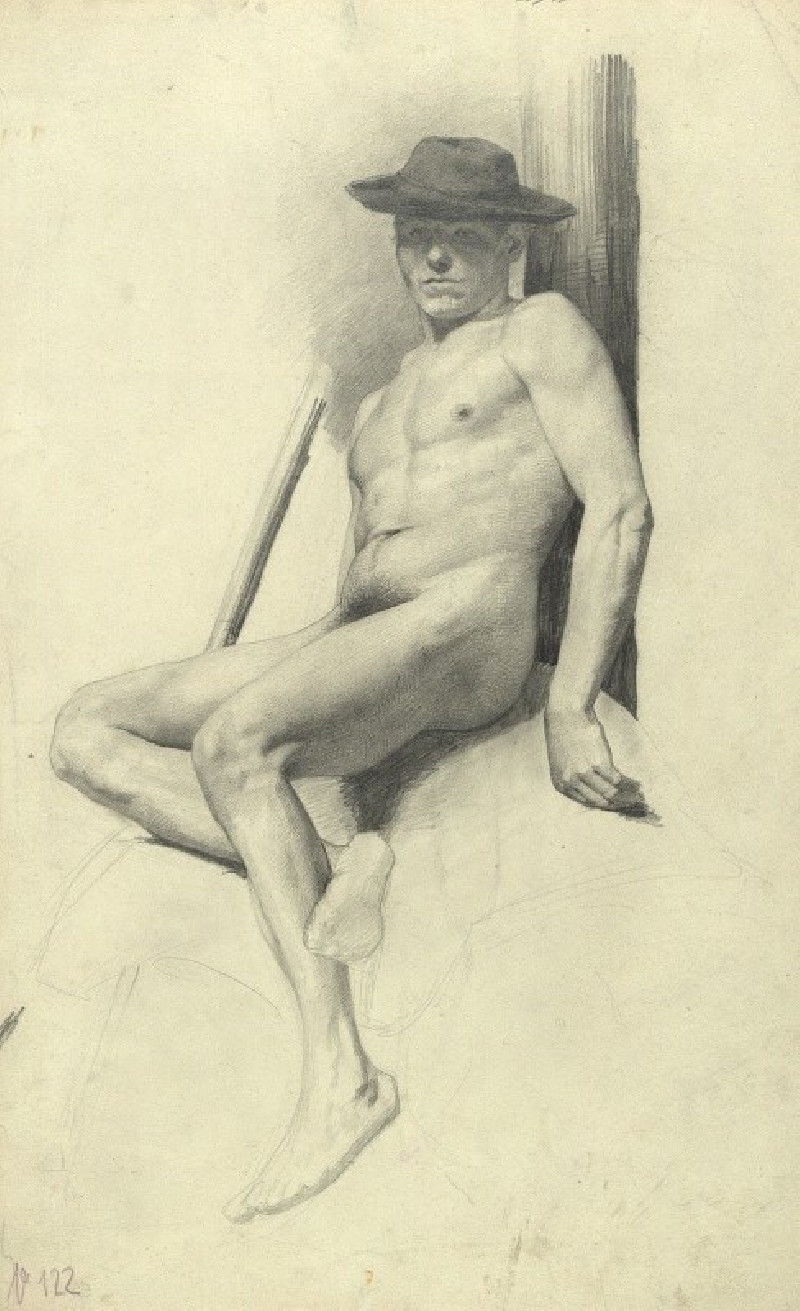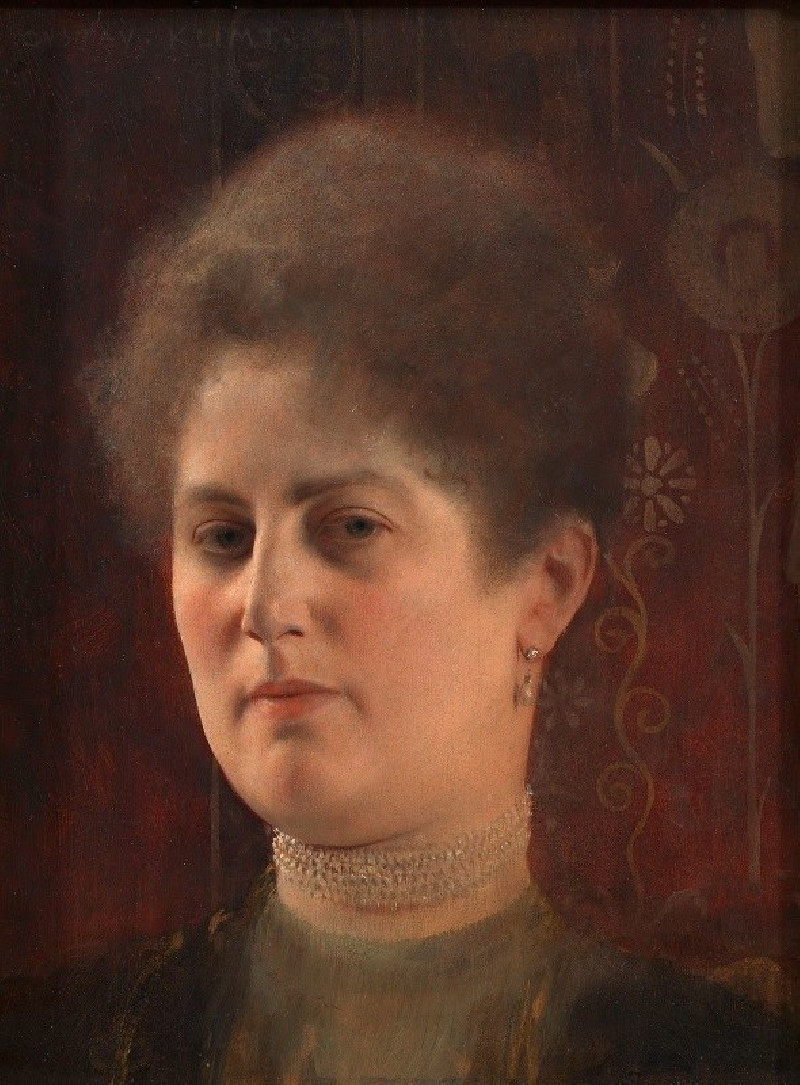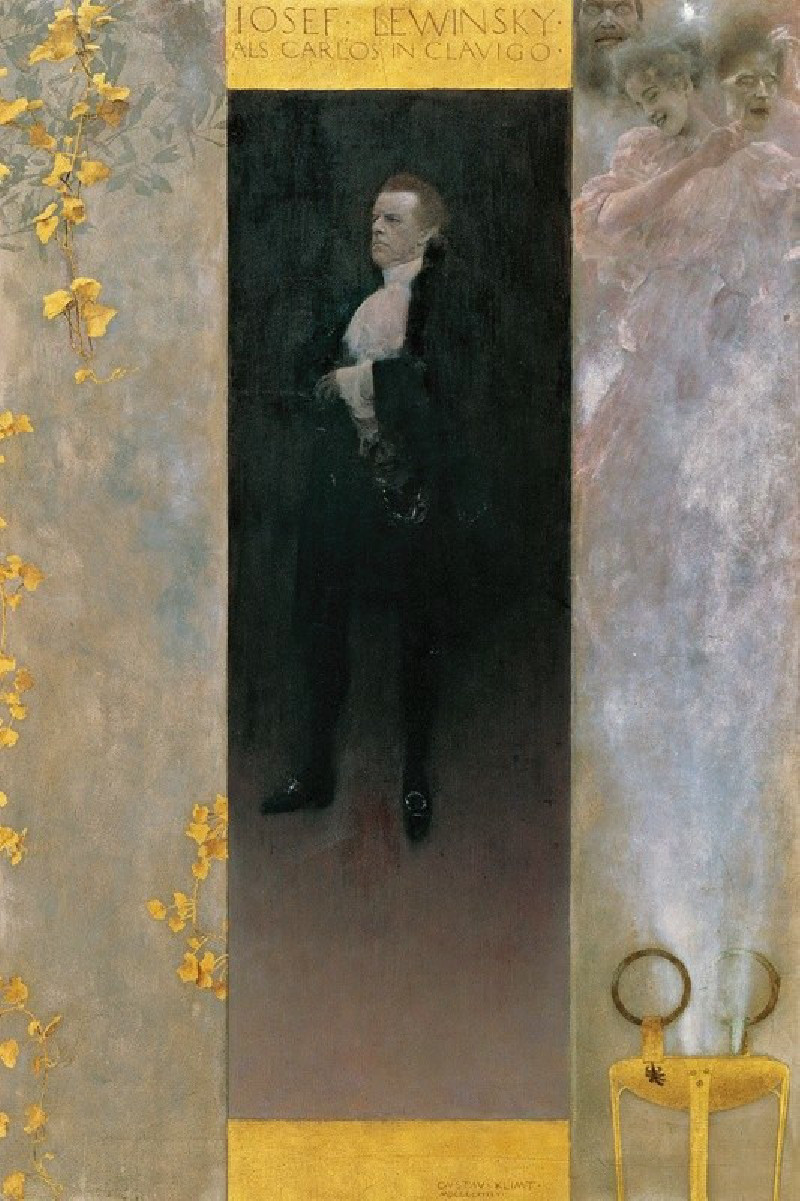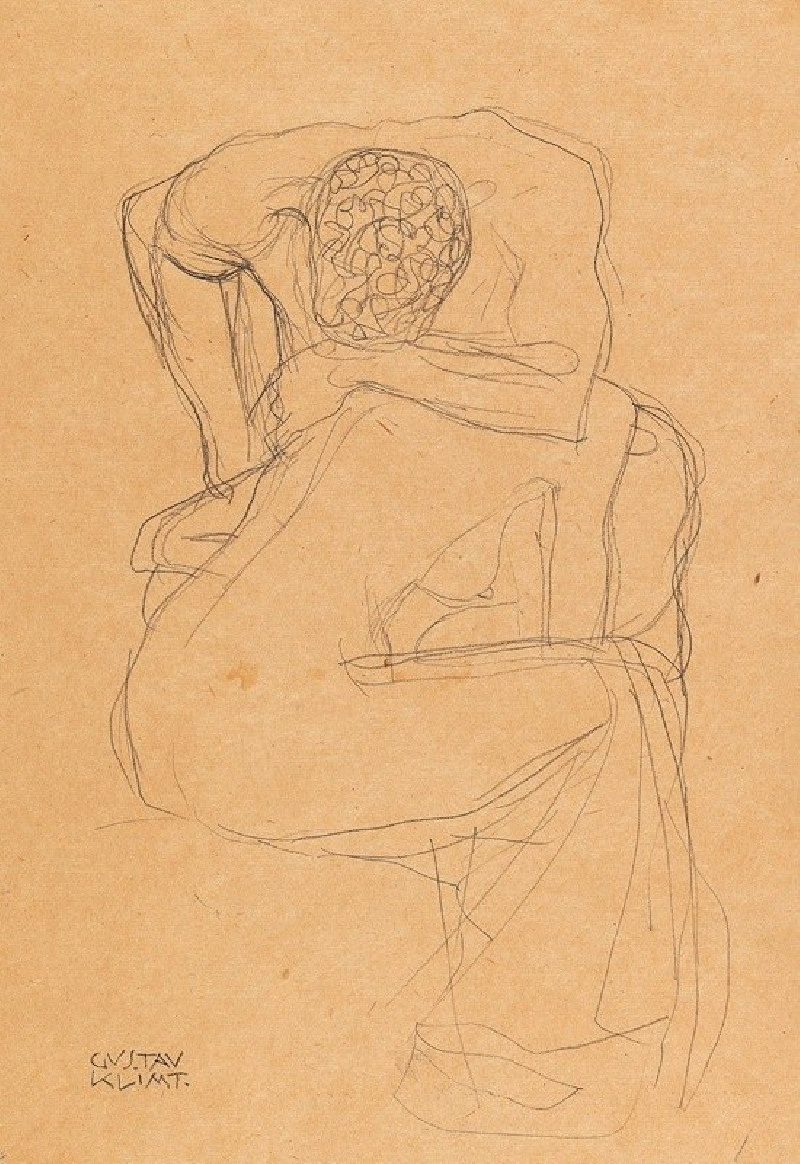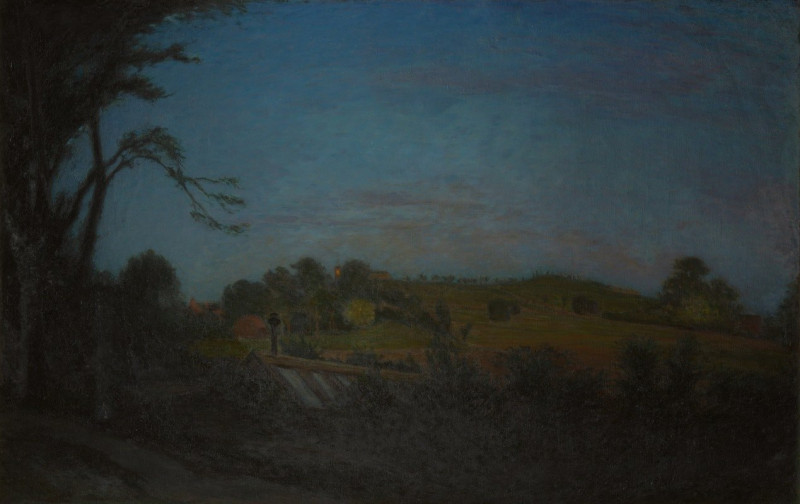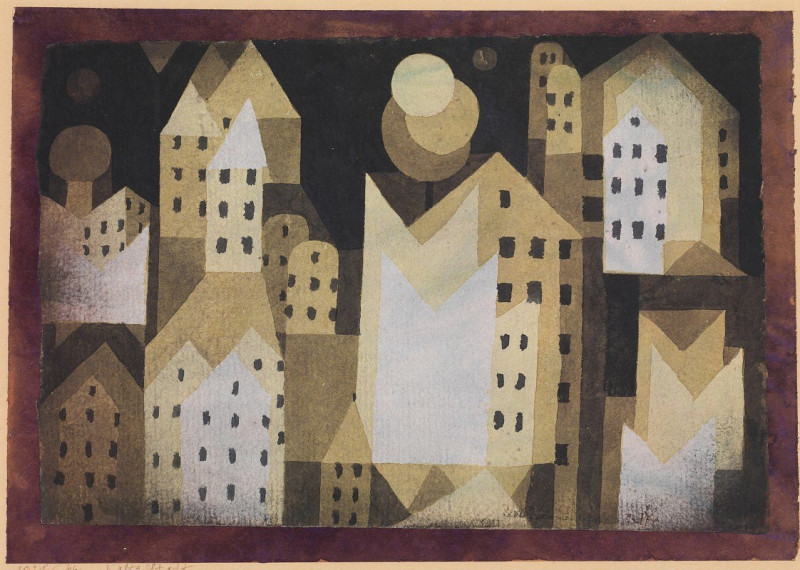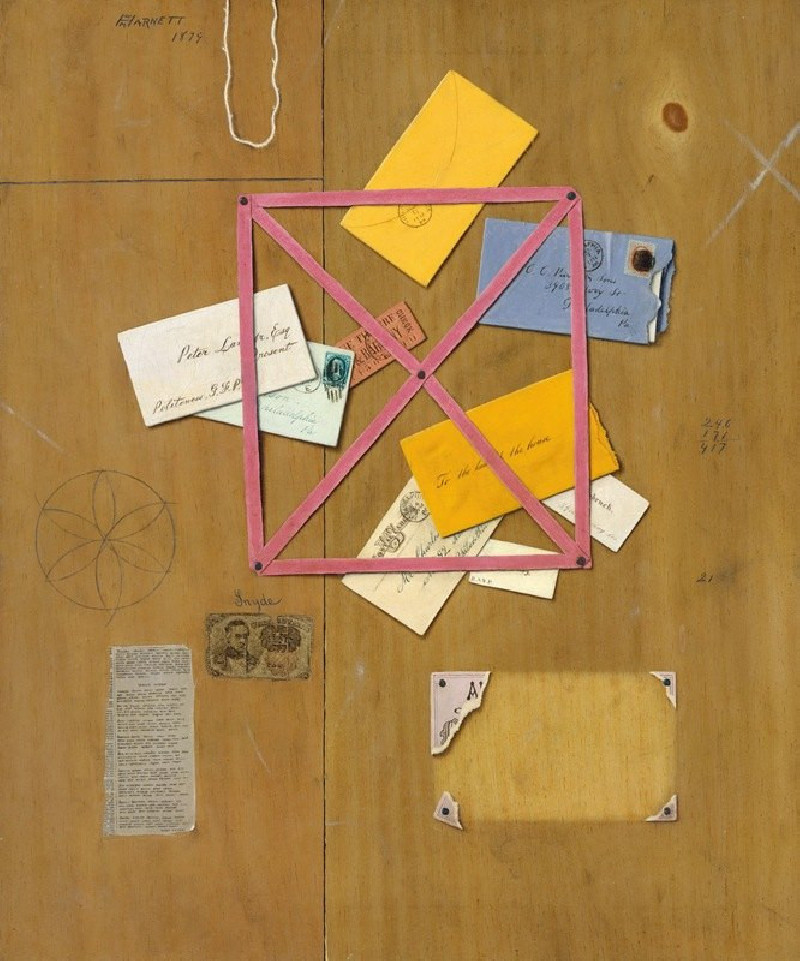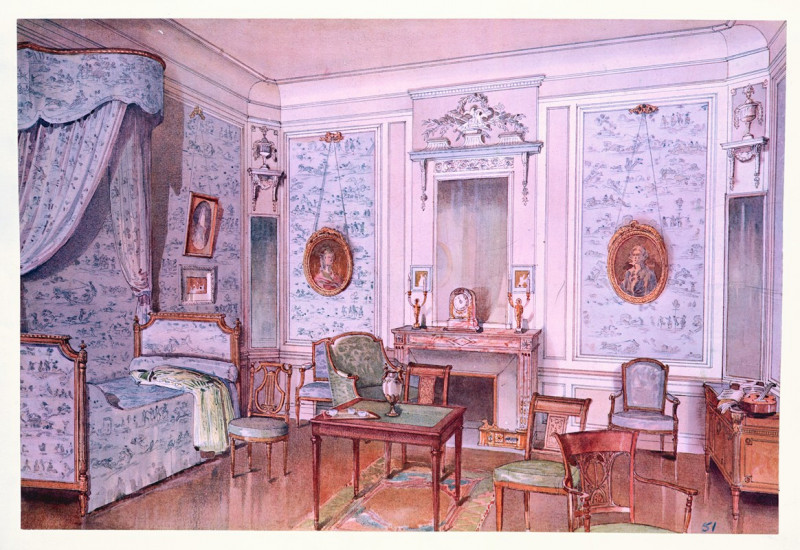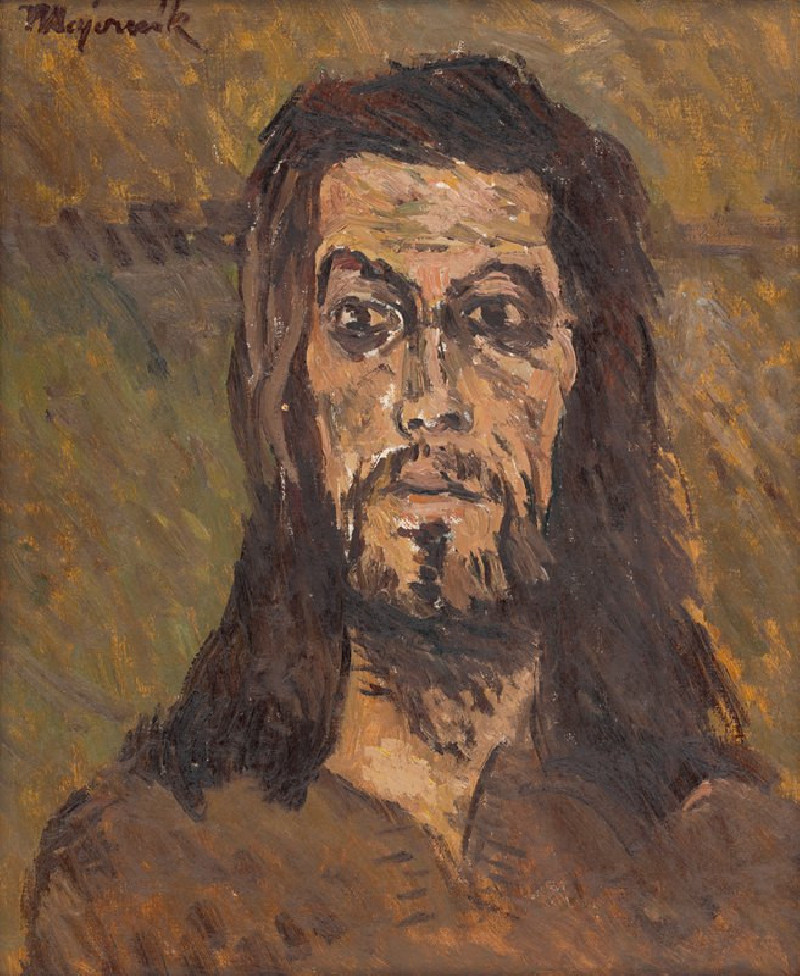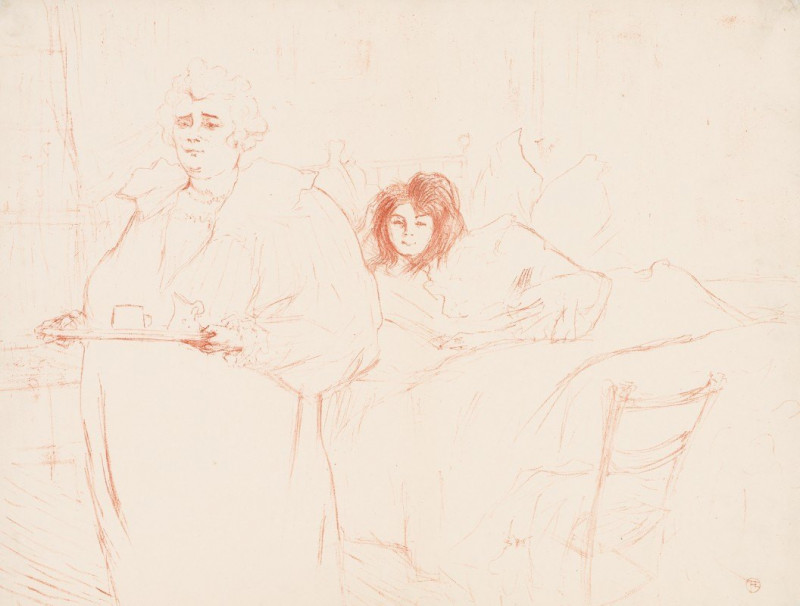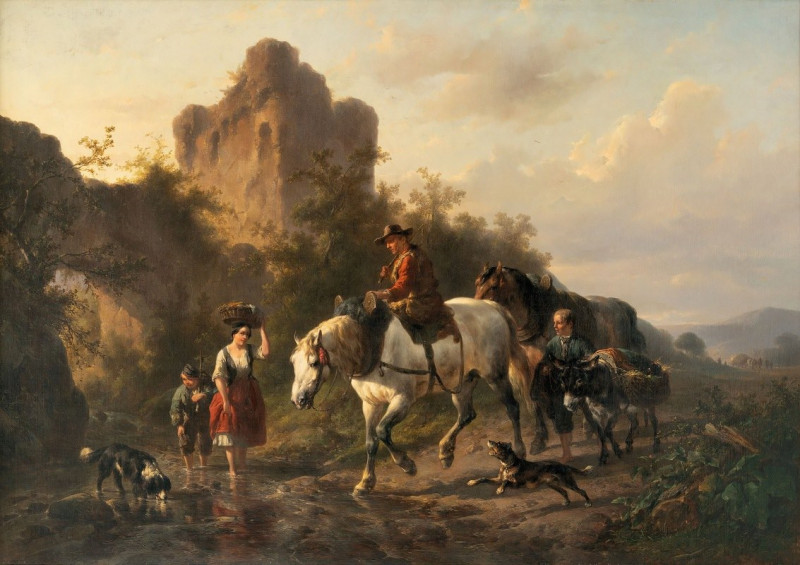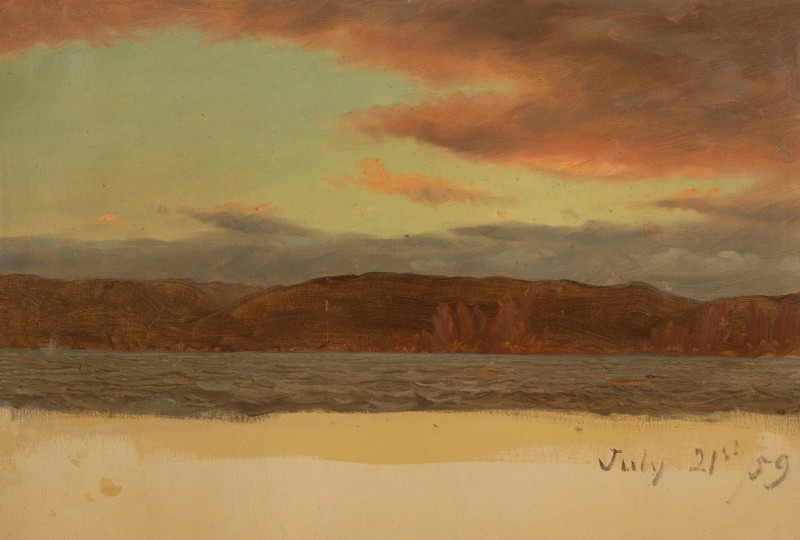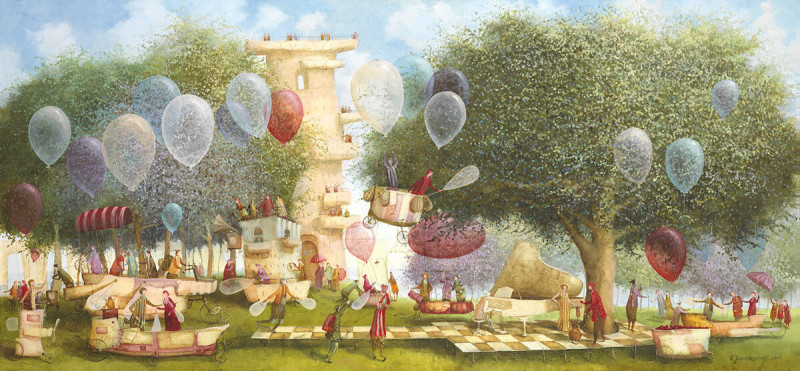Dame mit Hut und Federboa (1909)
Technique: Giclée quality print
Recommended by our customers
More about this artwork
Gustav Klimt’s painting "Dame mit Hut und Federboa" (Lady with Hat and Feather Boa) from 1909 exemplifies the celebrated artist’s unique style that blends sensuality with expressiveness artfully. This captivating artwork presents the portrait of a woman cloaked in an air of mystery and splendor.At the forefront of the composition, the woman's face radiates, framed by her extravagant attire. Her hat, bold and stylish, is adorned with a dramatic plum-colored feather, adding an element of sophistication. The dark feather boa encircles her neck, lending an aura of luxury that is both inviting and impenetrable. Her enigmatic expression, coupled with slightly flushed cheeks, draws viewers into a silent dialogue of allure and poise.The background, abstract and muted in shades of dark brown and black, contrasts sharply with the vivid colors of her attire. This technique ensures that the viewer's attention remains focused on her, highlighting Klimt's skill in manipulating color and form to evoke emotion and depth."Dame mit Hut und Federboa" is a stunning testament to Klimt's mastery in portraying complex emotions and the intrinsic beauty of his subjects.
Delivery
Returns
Gustav Klimt (1862–1918) was one of the greatest Austrian symbolist painters of the Art Nouveau era. Renowned as one of the most prominent founding members, and as a president of the Vienna Art Nouveau movement (Vienna Secession). His works were mainly paintings, murals, and sketches. Marked by his numerous erotic drawings, Klimt's primary subject were female figures, and at one point his work was even criticized as pornographic. Klimt found financial success in his "Golden Phase" with decorative techniques and the prominent use of gold leaf in his paintings.

